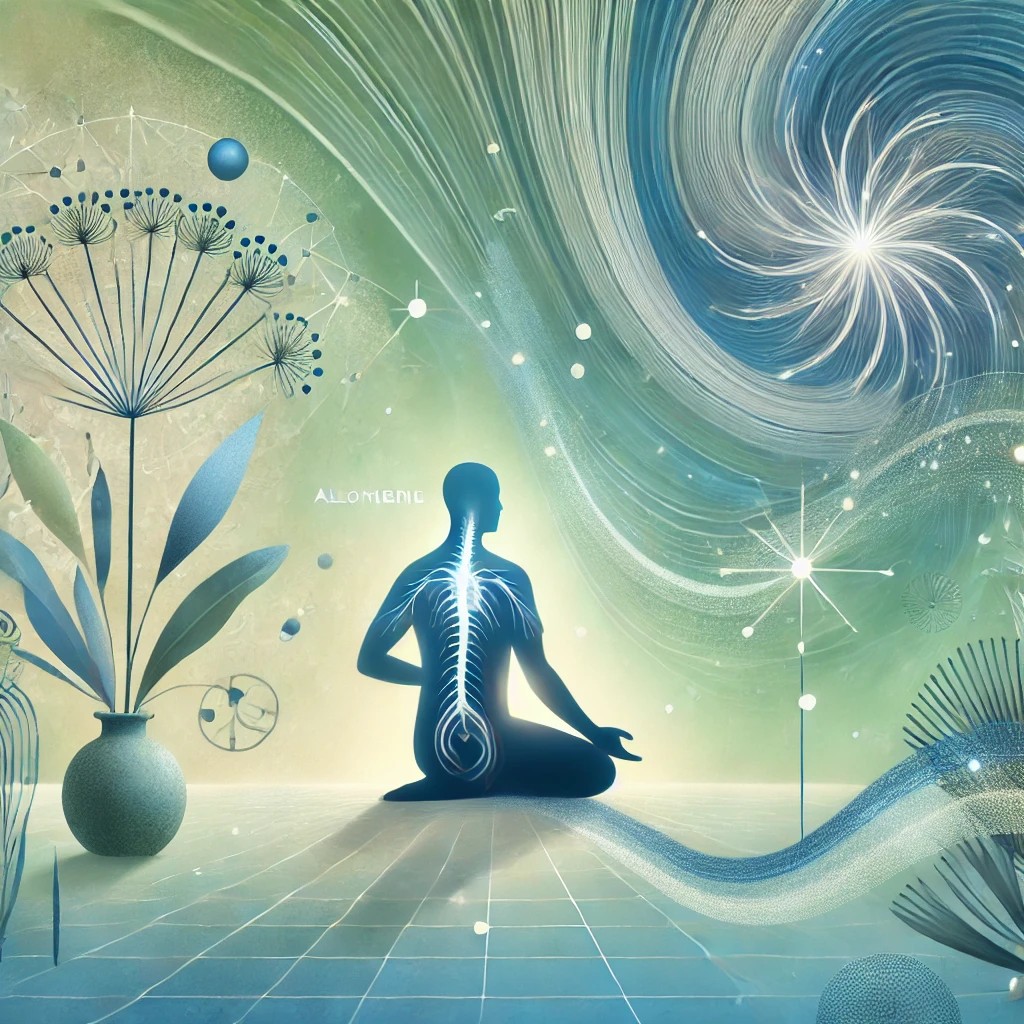Yoga, Pilates, and Pure Barre bring strength, flexibility, and relaxation. But underlying compensatory patterns—like hip tension, wrist strain, or shallow breathing—can limit these benefits. For those facing these issues, holistic neuromuscular therapy can help correct imbalances, unlock better movement, and maximize the rewards of these practices.
The Importance of Technique: The Pilates Teaser Example
Proper technique is essential for achieving fluid, balanced movement and avoiding strain. For example, the Pilates Teaser, a foundational movement, demands coordinated core engagement, hip flexion, and spinal articulation. When practitioners rely on their hip flexors, clench their jaw, or hold their breath, the movement becomes rigid and jerky rather than smooth and controlled. This gripping pattern limits effective muscle engagement, placing undue stress on the body and reducing the movement’s benefits.
By releasing these compensatory patterns, neuromuscular therapy allows clients to move more freely. Movements like the Teaser become smoother, supporting the intended muscle groups while protecting the body from overuse. This approach improves technique and enhances the mind-body connection, allowing each movement to be intentional and fluid.
The Neurological Link Between Breath and Muscle Tension
Breath patterns are closely linked to muscle tension, especially in cases of chronic compensation. Research suggests that holding your breath or shallow breathing can signal stress to the nervous system, causing muscles to tense. In yoga and Pilates, this often shows up as tension in the neck or hips, restricting natural flow.
Neuromuscular therapy targets these responses by stabilizing the core, re-engaging respiratory muscles, and promoting natural breath patterns. When breathing becomes fluid, it positively influences muscle relaxation, increasing range of motion and decreasing strain during each movement.
Benefits of Neuromuscular Therapy for Yoga, Pilates & Pure Barre
Here’s how neuromuscular therapy reconditions chronic patterns to enhance your practice:
- Stability and Flexibility: Engaging muscles properly and releasing tension reduces strain, supporting fluid, functional movements.
- Breath Control: Breathwork helps relax tension-prone areas, allowing for deeper, unrestricted breathing during challenging movements.
- Reduced Compensations: Addressing patterns like hip flexor gripping or jaw clenching allows movements to be more effective and comfortable.
- Mind-Body Connection: Reconditioning movement patterns promotes balance, body awareness, and mindfulness in each practice.
Yoga, Pilates, and Pure Barre can be powerful practices for building strength and flexibility. But compensatory patterns may limit progress. Neuromuscular therapy helps you release chronic tension, improving your movements and breath. For more balance, comfort, and connection in your practice, consider exploring how neuromuscular therapy can support your goals.
Interested in better movement? Contact us to schedule a discovery session and experience the difference.

